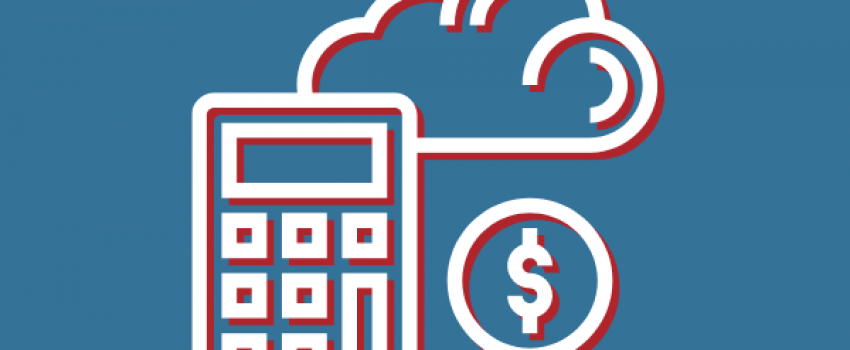Amidst the economic instability generated by the COVID-19 pandemic, lenders everywhere are offering relief options to borrowers via loan modifications.
The CARES Act provides a method for financial entities to pause US GAAP requirements for specific types of loan modifications. Additionally, federal banking officials released a joint statement that provides clarification regarding how to determine if a loan modification is a Troubled Debt Restructure (TDR).
The following is a basic overview of a lender’s accounting for loans that have been modified as a result of the coronavirus, which includes options related to the CARES Act and the aforementioned joint interagency statement.
Is the Modification a TDR?
A loan modification is designated as a TDR in situations where the lender gives the borrower a concession due to economic or judicial circumstances associated with the borrower’s specific financial troubles. Examples of this include defaulting on debt repayment installments or in the process of declaring for bankruptcy.
Lenders should note that an insignificant delayed payment does not qualify as a concession. The following factors should indicate to lenders that a given payment delay is not significant:
- The restructured payment total compared to the loan’s unpaid principal or collateral amount is insignificant and will lead to an insignificant loss in terms of the contractual amount due.
- The timing of the delayed payment on a restructured basis is insignificant in relation to the payment frequency due per the loan terms, the loan’s initial contractual maturity, or the loan’s initial expected length.
Additionally, short-term modifications executed on a good faith basis due to COVID-19 to borrowers who were current on payments before accepting any relief are not considered TDRs. This is also the case with modification or deferral programs that are mandated by the federal or state government.
Consider Applicable CARES Act Provisions
The CARES Act provides an option for financial entities to temporarily pause the US GAAP requirements for specific categories of loan modifications stemming from the COVID-19 outbreak that would normally be considered TDRs.
Per the CARES Act provision, a financial institution can choose not to apply TDR accounting to loan modifications—to include forbearance agreements, modified interest rates, and alternative repayment plans—that satisfy the below listed prerequisites:
- The loan modification is directly attributable to COVID-19;
- The loan being modified was not more than 30 days delinquent as of December 31, 2019; and
- The modification was made between March 1, 2020 and either 60 days after the date the COVID-19 national emergency ends or December 31, 2020—whichever is the earlier date
Understanding TDR/Non-TDR Accounting
A TDR is an extension of a preexisting loan. Unamortized deferred fees and costs associated with the initial loan are transferred to the amortized cost basis of the newly modified loan. Additional costs attributable to the modification are considered incurred expenses. The Effective Interest Rate (EIR) following the execution of the modification is premised on the initial contractual interest as opposed to the modified contractual interest rate.
The accounting process for a loan modification not considered a TDR is based on if the modification leads to the recognition of a new loan or, alternatively, a continuation of the preexisting loan. If a new loan is recognized, then the unamortized deferred fees and costs per the original loan are subsequently derecognized and a new loan is recognized with a new EIR. If it is considered a continuation of an existing loan, however, unamortized deferred fees and costs under the original plan are incorporated in the amortized cost basis of the modified loan, in addition to any added fees related to the restructuring process. The modification will lead to a prospective change to the EIR to be utilized for recognizing interest income.
In order for a financial institution to account a restructured loan as a new loan, both of the following conditions must be satisfied:
- The EIR of the restructured loan is at least equal to the EIR for comparable loans to the lender’s other new clients with comparable risk profiles; and
- Modifications made to the initial loan terms are more than minor, which includes an analysis of:
- If the current amount of cash flows has fluctuated by at least 10%; and
- The specific circumstances related to each individual modification
How to Recognize Interest Income in Payment Holidays
A complication some financial institutions run into after determining a new EIR based on the revisional contractual loan agreement after a modification that is not accounted for as a TDR is when the new terms incorporate a contractual interest rate covering a deferral window that is less than the interest rate charged during the rest of the loan period.
The recently issued interagency joint statement discussed the following two potential approaches for navigating this type of situation:
- Approach #1: Interest income is unrecognized to the extent that the carrying amount of the loan would rise to a total more than the amount at which the borrower is able to settle the loan. If the loan’s carrying amount at the time it is modified is equal to or greater than the total at which the borrower could settle the loan, no interest income would be recognized over the course of the loan payment holiday. Lenders would then resume recognition of interest income when the payment holiday expires—at which time the accrual of contractual interest restarts.
- Approach #2: Upon modification, a new EIR is determined and used in recognition of interest income prospectively for the remaining term, even if that means the carrying amount of the loan eventually exceeds the amount the borrower could settle the loan at.
Making Disclosures
Disclosures for each period in which an income statement is presented are required for specific financing receivables modified in TDRS, which include the following:
- Qualitative and quantitative data detailing the modification of financing receivables and the resultant impact of the modifications;
- Qualitative data as to how the modifications were incorporated into the allowance;
- Further disclosures for financing receivables that were modified as TDRs within the previous year and for which there was a delinquent payment after the restructuring period; and
- The commitment total, if any, to lend added funding to borrowers who ow receivables that have terms modified in TDRs






